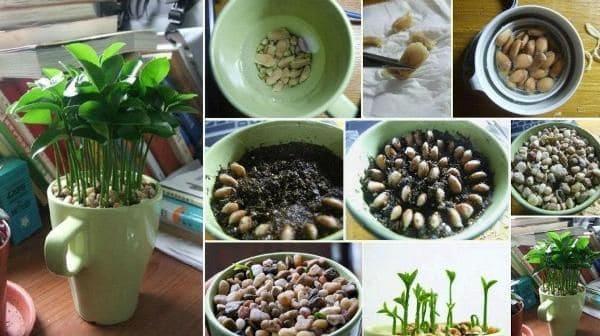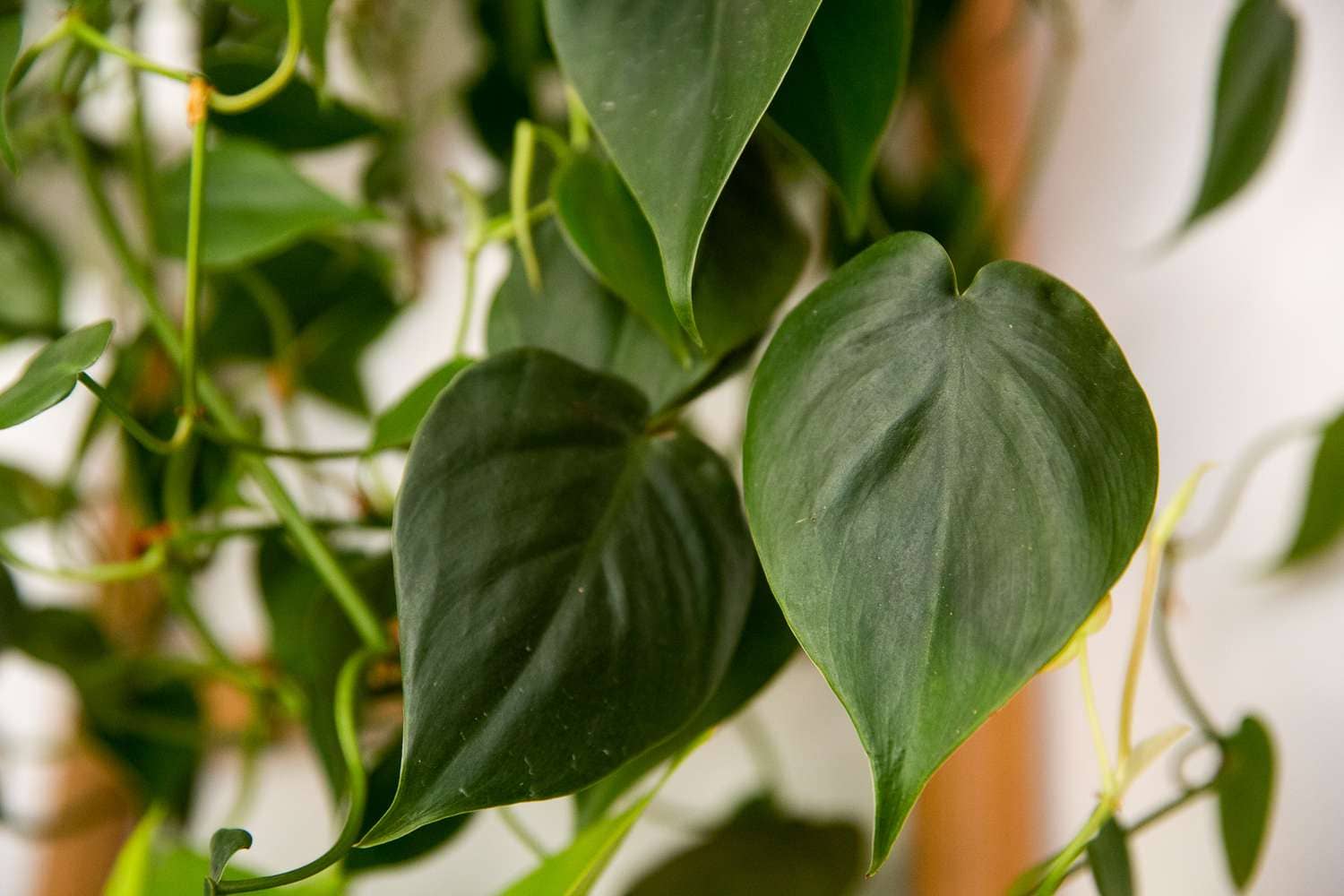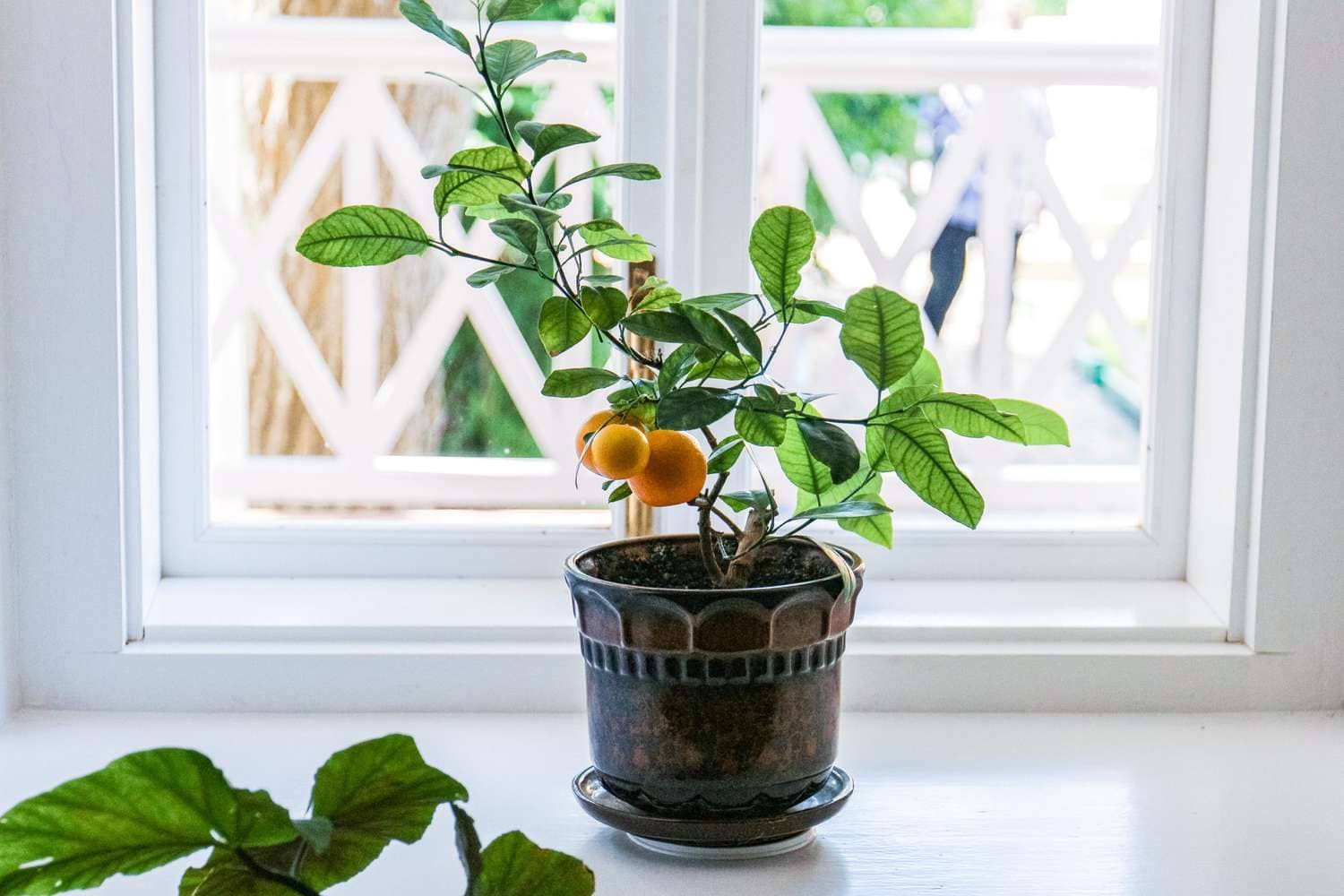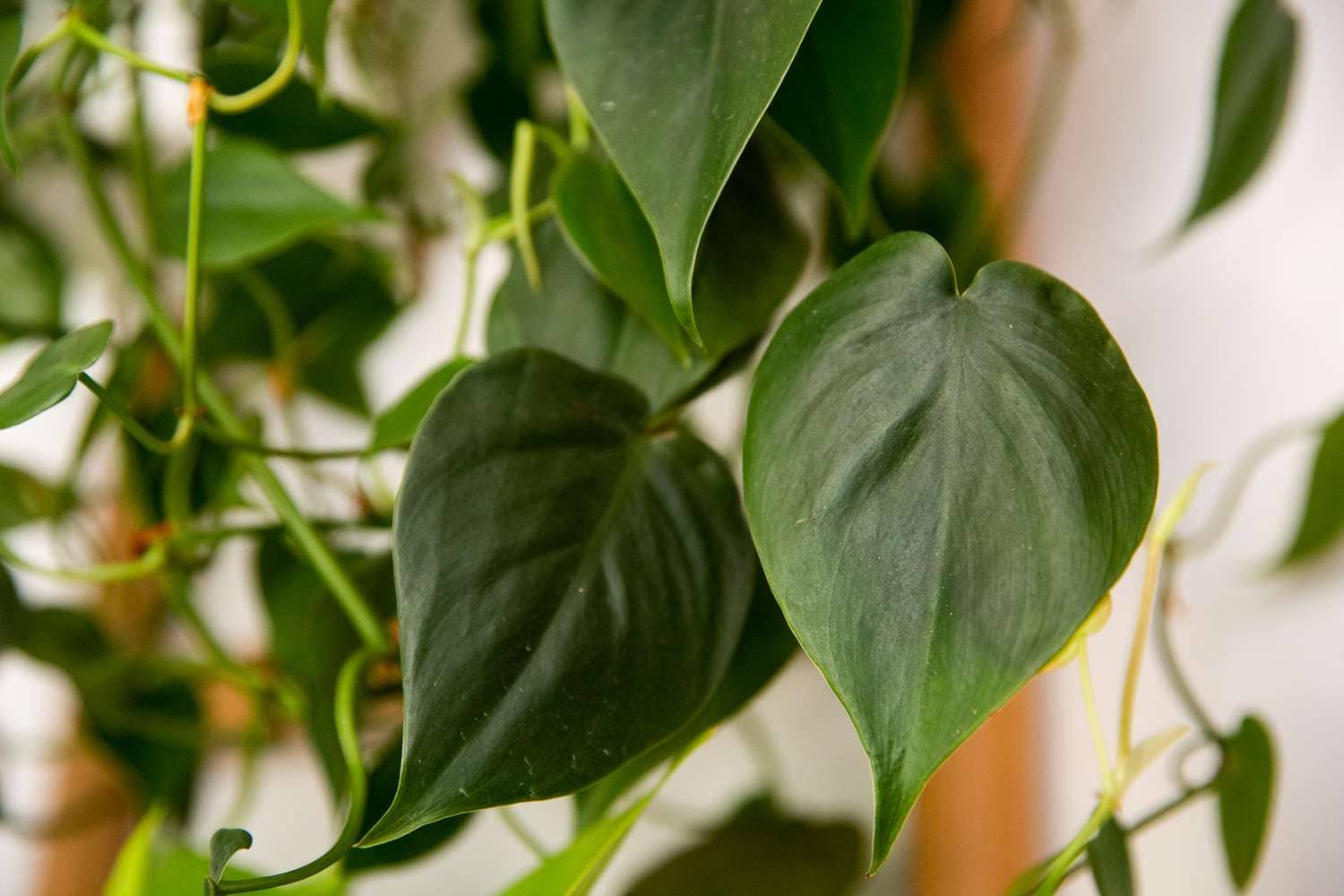Introduction
Ornamental pepper plants are not just a feast for the eyes but also add a touch of spice to any garden landscape. With their vibrant hues and compact size, these plants are becoming increasingly popular among garden enthusiasts. In this article, we’ll delve into the fascinating world of ornamental pepper plants, exploring everything from growing conditions to harvesting techniques.
Overview of Ornamental Pepper Plants
Ornamental pepper plants belong to the genus Capsicum, which encompasses a wide range of pepper species. Among the most commonly cultivated varieties are Capsicum annuum and Capsicum frutescens. These plants are prize for their striking foliage and ornamental fruits, which come in a spectrum of colors, including red, orange, yellow, and purple.
Growing Conditions
To thrive, ornamental pepper plants require specific growing conditions. They prefer bright, indirect light, making them ideal candidates for sunny windowsills or well-lit indoor spaces. However, it’s essential to shield them from direct sunlight, as excessive exposure can scorch their delicate leaves.
In terms of temperature, ornamental pepper plants thrive in warm climates, with temperatures ranging between 70-80°F (21-27°C). They are sensitive to cold drafts, so it’s crucial to protect them from chilly winds or sudden temperature drops.
When it comes to soil, ornamental pepper plants prefer well-draining, fertile soil with a pH level between 6.0-6.8. A mix of potting soil and perlite or sand can provide the ideal growing medium, ensuring adequate drainage and nutrient uptake.
Watering and Feeding
Proper watering is essential for the health of ornamental pepper plants. While they require regular watering, it’s crucial to avoid over-watering, as this can lead to root rot and other moisture-related issues. Allow the soil to dry slightly between waterings, ensuring that it remains consistently moist but not waterlogged.
In addition to watering, ornamental pepper plants benefit from regular feeding during the growing season. Apply a balanced fertilizer every 2-4 weeks to provide essential nutrients for robust growth and fruit development.
Pests and Diseases
Like any garden plant, ornamental pepper plants are susceptible to pests and diseases. Common pests include aphids, whiteflies, and spider mites, which can cause damage to foliage and fruit. To control infestations, use insecticidal soap or neem oil, applying it directly to affected areas according to the product instructions.
In terms of diseases, ornamental pepper plants may encounter issues such as Phytophthora blight and bacterial spot. To prevent these ailments, practice proper sanitation by removing fallen leaves and debris from around the plants. Additionally, apply fungicides as needed, following the manufacturer’s recommendations for dosage and application frequency.
Harvesting and Usage
Knowing when and how to harvest ornamental pepper plants is essential for preserving their beauty and flavor. Wait until the peppers reach their desired color and size before harvesting, as immature fruits may lack flavor and vibrant coloration. Use clean scissors to cut the peppers from the plant, taking care not to damage the surrounding foliage.
In terms of usage, ornamental pepper plants are primarily grown for their visual appeal, adding color and texture to gardens, containers, and indoor spaces. However, some varieties are edible and can be use in culinary applications, adding a spicy kick to dishes and sauces.
Ornamental Pepper Plant FAQs
How often should ornamental pepper plants be watered? Ornamental pepper plants should be watered regularly, allowing the soil to dry slightly between waterings to prevent over-watering.
What pests commonly affect ornamental pepper plants? Common pests that may affect ornamental pepper plants include aphids, whiteflies, and spider mites. These pests can be controlled using insecticidal soap or neem oil.
Can ornamental pepper plants be grown indoors? Yes, ornamental pepper plants can be grown indoors, provide they receive adequate light and warmth. Place them near a sunny window or provide supplemental lighting to ensure proper growth.
Are ornamental pepper plants safe for pets? While ornamental pepper plants are generally safe, some pets may be sensitive to their spicy fruits. It’s essential to keep pets away from the plants to prevent accidental ingestion.
When is the best time to harvest ornamental peppers? Ornamental peppers should be harveste when they reach their desire color and size, typically in late summer or early fall.
How can I encourage more prolific flowering in ornamental pepper plants? To encourage more prolific flowering, provide adequate sunlight, water, and nutrients, and avoid stressors such as temperature extremes or over-crowding.
Conclusion
Ornamental pepper plants are a delightful addition to any garden, offering a burst of color and flavor throughout the growing season. By following the tips outlined in this article, you can cultivate healthy, vibrant plants that will brighten your landscape and inspire admiration from visitors and neighbors alike.





